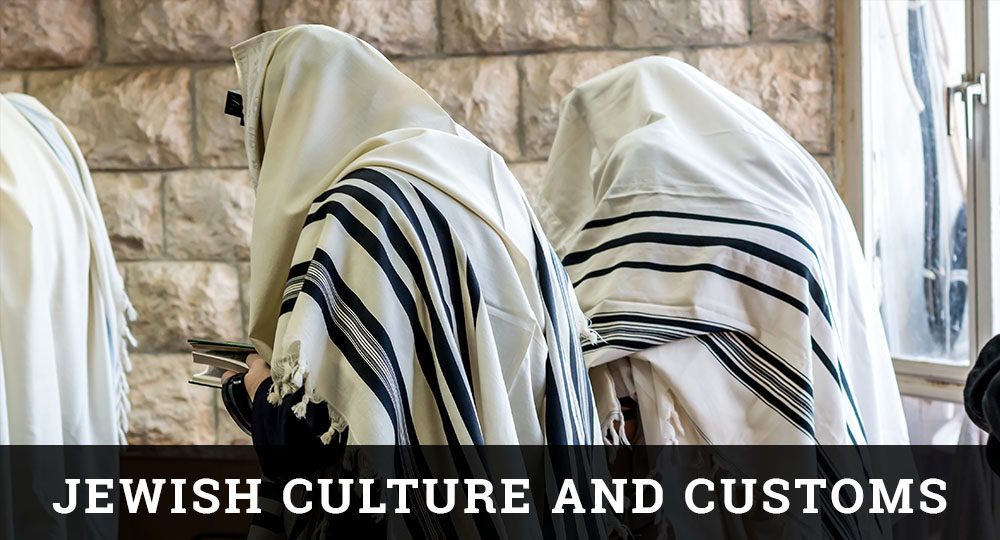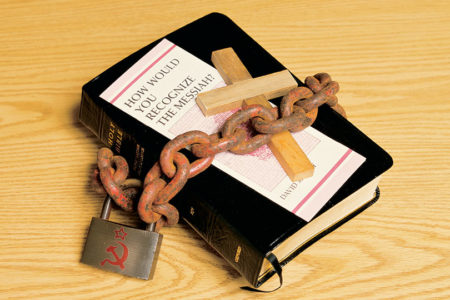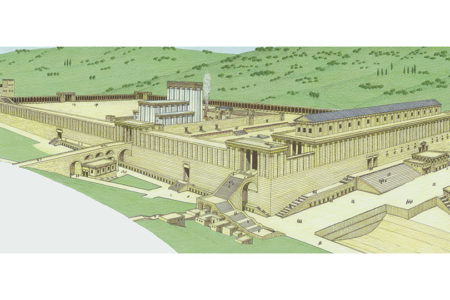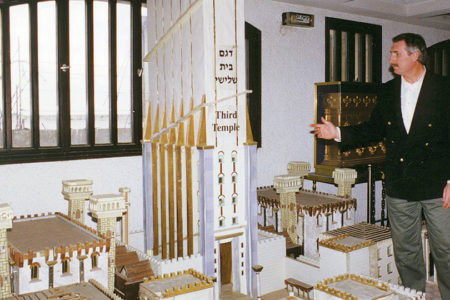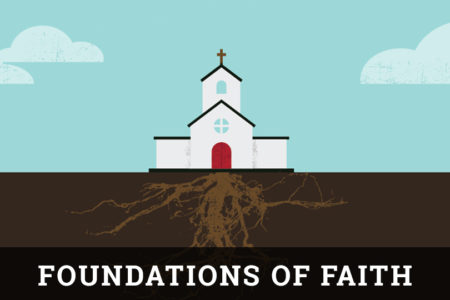Uncovering Our Roots: The Pale Of Settlement
Several years ago a book and then a television miniseries captured our attention. The story was Roots, and in it the author traced his family’s history all the way back to Africa.
An understanding of our family background—how our ancestors lived and how they came to the United States from their countries of origin—satisfies a curiosity in many of us. For myself and other Jewish people with Eastern European ancestry, tracing our roots can be a frustrating task. My parents told me that my grandparents arrived in the United States through the dreaded Ellis Island around 1905. That was the easy part of answering my queries. The hard part came when they tried to tell me the country from which they came. There were several possible answers—Russia, Austria, Hungary, Poland. They were never sure because they said the borders of the countries kept shifting. Then, in Hebrew school, I heard the term the Pale for the first time. Understanding this term and this place finally helped clear up my vagueness as to my ancestors’ origins.
This place of changing boundaries was called the Pale of Settlement, a term coined during the reign of Czar Nicholas I of Russia. By 1835, he was forced to deal with a large and unwanted Jewish population that had come under his rule when Russia annexed Poland in 1772. The Pale was a restricted region, yet it possessed no official borders. It covered an area from the Baltic Sea to the Black Sea, and at its peak its population swelled to nearly five million Jewish people. Many people groups from nations such as Ukraine, Belorussia, Lithuania, and Poland lived in the Pale. It was established by the Russians to prevent the Jewish population from mingling with Russians. The Pale also made it possible to insure a Gentile majority in most places. Exceptions did occur in such cities as Minsk, Warsaw, and Odessa.
Force was often used to remove Jews living outside the Pale. The message was clear: No Jews were allowed outside the Pale. This policy caused incredible economic hardship. Limited to a primarily agricultural economy and yet forbidden by law to own their own land, the Jews became the tailors, bakers, peddlers, and small store owners. This meant that what little work there was in the Pale had to be shared among many. Hunger, even starvation, was all too common.
A goal of all the Russian czars was to assimilate as many Jewish people as possible. One czarist advisor suggested that one third should be starved, one third driven from the country, and one third baptized. One way to accomplish that objective was through the conscription of men into the Russian army. Gentiles had to serve from the age of 18 for a term of 25 years. Jewish men had to serve six years longer, beginning at the age of 12. It was believed that by preventing Bar Mitzvah and contact with their parents during their teen years, the young men would be “Russianized.” If the required monthly quota of recruits was not met, “snatchers” would come and literally take young Jewish men off the streets. It was not uncommon to hear the shriek, “Snatchers are coming! Snatchers are coming!” Naturally, this brought sheer terror to the mothers of the communities. Many young boys were snatched right out of their mothers’ arms.
An even worse problem subsequently arose, particularly in the l9th century. Cities large and small were raided, burned, and plundered. The authorities did nothing to stop the carnage and, in fact, encouraged it. In 1903 the violence reached its peak in Kishineff, when a riotous mob killed thousands of Jews, including scores of little children. The rest of the world condemned this barbarism. President Roosevelt sent an official protest to the czar to stop the horrible pogroms.
It was during this time that Jews in record numbers began their great migration to what many called the Goldenah Medina, the Golden Land—the United States of America. As they entered New York harbor, their first sight was of Lady Liberty welcoming the weary travelers. “Give me your tired, your poor, your huddled masses yearning to breathe free, the wretched refuse of your teeming shores. Send these, the homeless, tempest tossed, to me. I lift my lamp beside the golden door.” These words, inscribed on the Statue of Liberty, were written by a Jewess, Emma Lazarus, whose heart had been touched by the plight of the many persecuted people. Their safe arrival on our shores inspired her poem, The New Colossus.
In the years between 1881 and 1917, well over two million tired, poor, homeless, tempest-tossed Jews—the largest influx in American history—scrounged and saved to come to America because they yearned to breathe free. By God’s grace, my four grandparents were among them.
